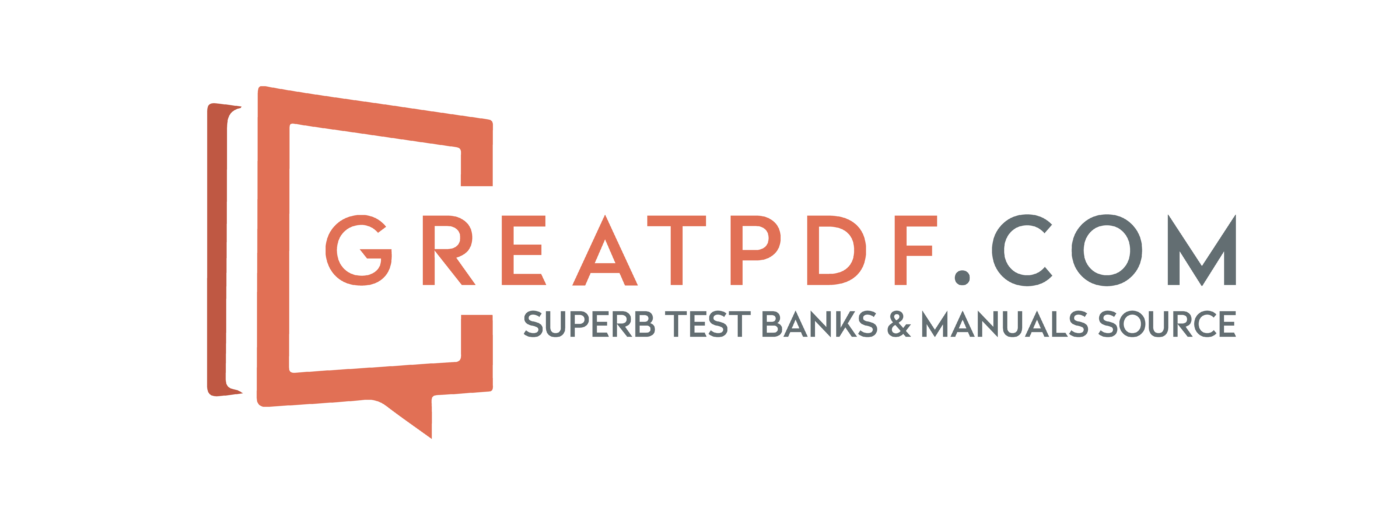When considering borrowing money, many individuals default to the traditional route of applying for a bank loan. While this remains a viable option, the lending landscape has evolved significantly, offering borrowers alternatives beyond conventional banking institutions. One such alternative gaining traction is peer-to-peer lending, a platform that connects investors directly with individuals or businesses seeking loans. Notably, peer-to-peer loans often boast competitive interest rates and a streamlined application process.
In this article, we delve into the intricacies of peer-to-peer lending, empowering readers to assess its suitability for their financial needs.
What is Peer-to-Peer Lending?
Peer-to-peer lending revolutionizes the lending paradigm by eliminating the intermediary role of banks or financial institutions. Instead, individual investors extend loans to borrowers, spanning both personal and business financing. This model has garnered popularity due to its mutual benefits for both borrowers and investors.
For borrowers, peer-to-peer lending presents a viable option, particularly for those with less-than-ideal credit scores who might struggle to secure loans through traditional channels. It offers a reprieve from resorting to predatory lending avenues, providing access to much-needed financing.
Moreover, business owners find peer-to-peer lending appealing due to its expedited process compared to traditional banking applications. Funding approval can materialize within a week, facilitating swift access to capital.
How Does Peer-to-Peer Lending Work?
In the realm of peer-to-peer lending, investors extend loans to borrowers in exchange for interest on the loan payments. To initiate the process, investors register on peer-to-peer lending platforms like Prosper or LendingClub.
These platforms function as marketplaces, matching investors with prospective borrowers based on their loan requirements. Borrowers undergo a straightforward application process, akin to traditional loans, providing essential details for assessment.
While personal loans dominate the offerings, lenders may tailor loans to specific purposes, such as debt consolidation. Upon application submission, lenders evaluate the borrower’s creditworthiness and determine loan approval. Upon approval, funds are disbursed directly to the borrower.
Pros and Cons of Peer-to-Peer Lending for Businesses
Peer-to-peer lending offers businesses an alternative avenue for financing, bypassing traditional banking protocols. Here, we dissect the significant advantages and drawbacks:
Pros:
- Streamlined Application Process: Peer-to-peer lending streamlines the application process, minimizing paperwork and providing swift feedback on applications.
- Competitive Rates: Thanks to lower overheads compared to banks, peer-to-peer loans often feature competitive interest rates.
- Accessibility: Imperfect credit doesn’t necessarily preclude borrowers from securing loans, widening access to financing.
- Expedited Funding: Once approved, funds are typically disbursed within a week, expediting capital access.
Cons:
- Additional Fees: Despite competitive interest rates, peer-to-peer loans may entail additional fees, such as origination fees, necessitating careful scrutiny of loan terms.
- Interest Rate Variability: While accommodating to borrowers with less-than-perfect credit, peer-to-peer loans might incur higher interest rates and less favorable repayment terms.
Peer-to-Peer Lending Platforms for Businesses
The proliferation of peer-to-peer marketplaces presents borrowers with a myriad of options. Here are some notable platforms catering to small businesses:
- Funding Circle: Offers loans ranging from $25,000 to $500,000, with swift loan decisions and funding within three days.
- LendingClub: Facilitates loans from $5,000 to $500,000, partnering with Accion Opportunity Fund to connect businesses with lenders.
- Upstart: Extends loans between $1,000 and $50,000, emphasizing borrowers’ potential and offering flexible repayment terms.
Other Loan Options with Peer-to-Peer Lending
Beyond personal and business loans, peer-to-peer lending encompasses diverse loan categories, including debt consolidation, mortgages, student loans, auto loans, auto refinancing, and medical expense financing.
Peer-to-Peer Lending FAQs
- What can I use a peer-to-peer loan for?
- What are the risks of peer-to-peer lending?
- How do I apply for a peer-to-peer loan?
Is Peer-to-Peer Lending Right for Your Business?
For businesses seeking financing sans the bureaucracy associated with traditional lenders, peer-to-peer lending presents a compelling option. Direct access to individual investors, coupled with competitive rates, renders it an attractive avenue for borrowers. Whether you possess sterling credit or a less-than-perfect score, peer-to-peer lending offers opportunities for financing. However, prudent evaluation of loan terms and comparison of multiple offers are imperative to ensure optimal outcomes.
